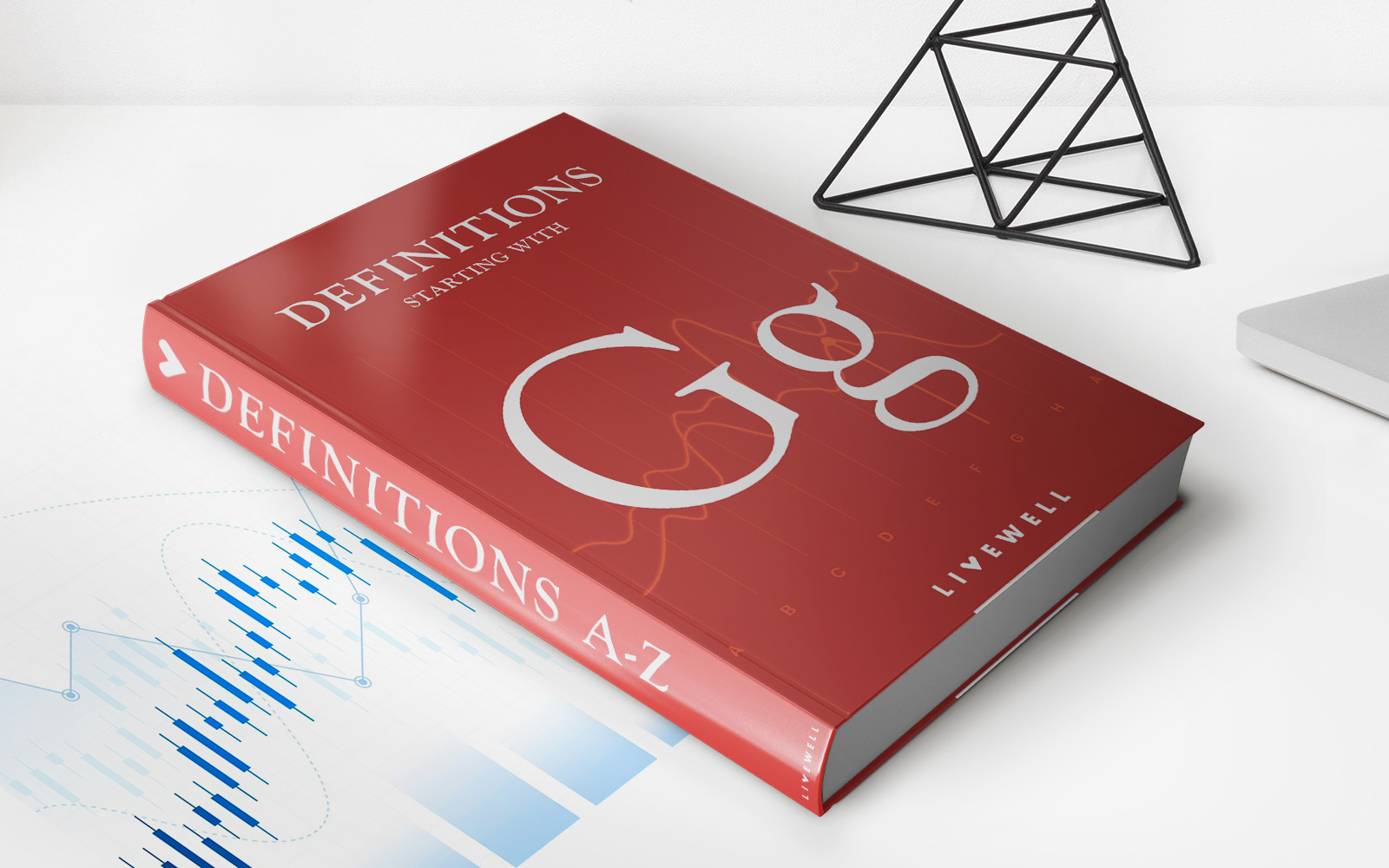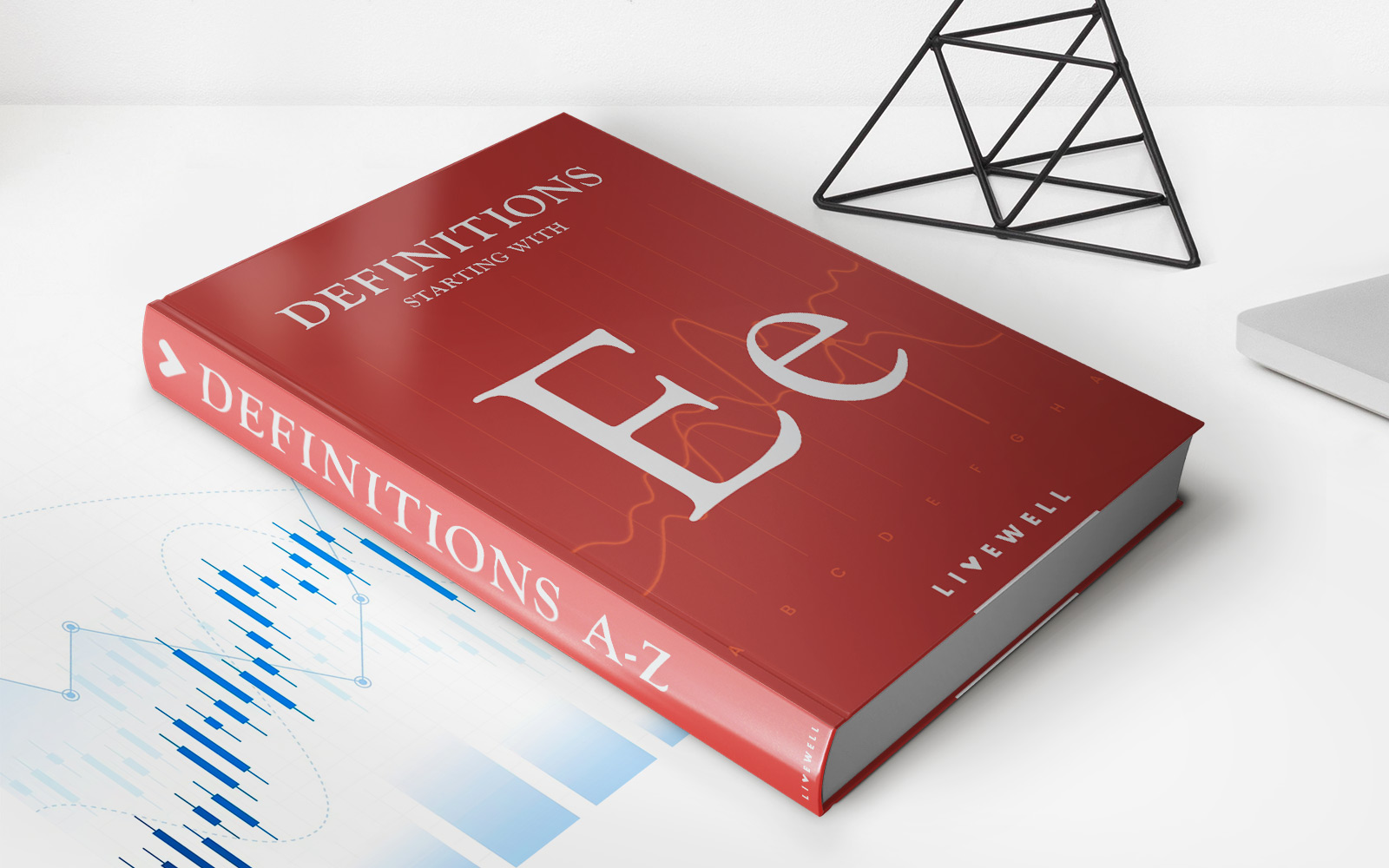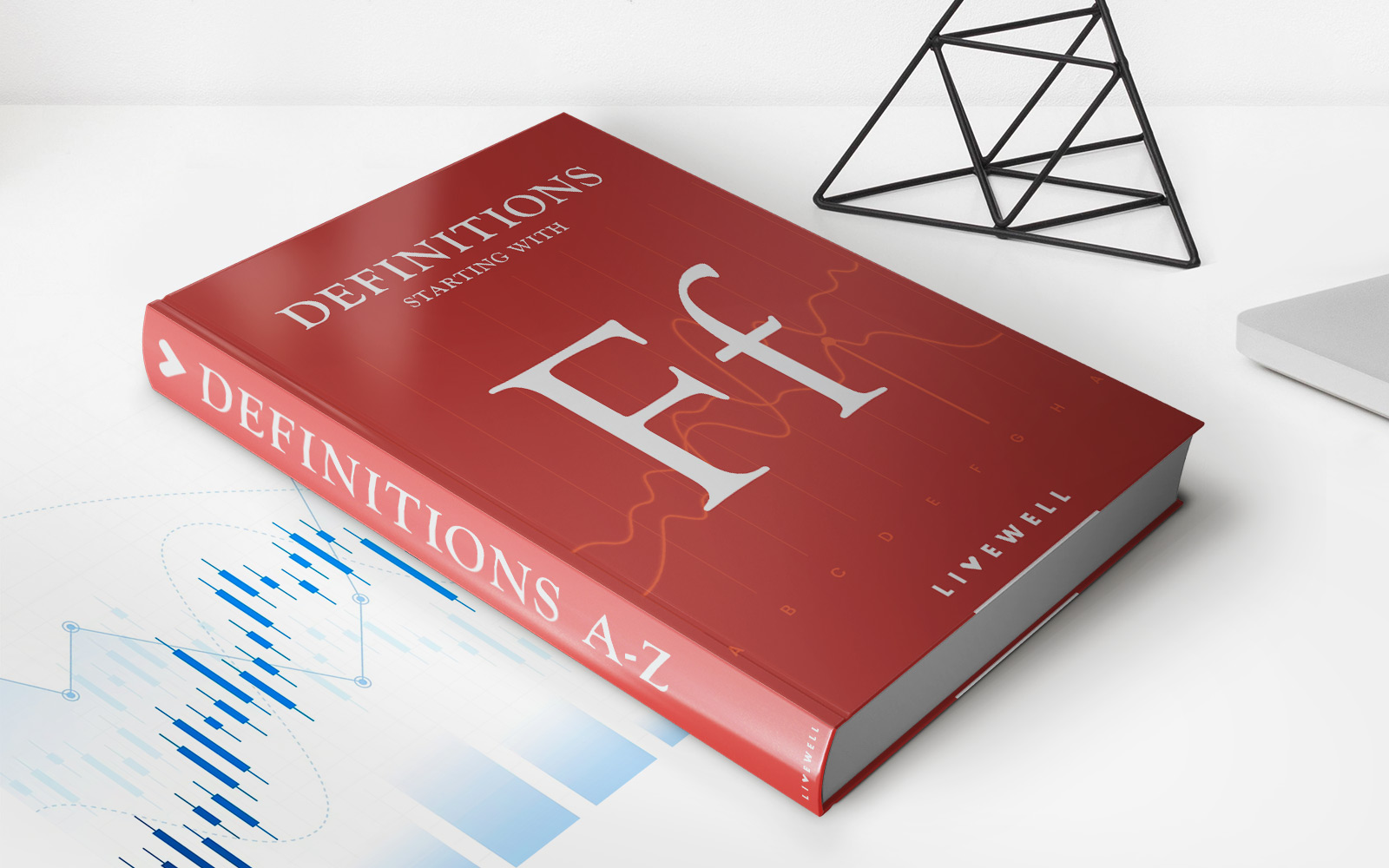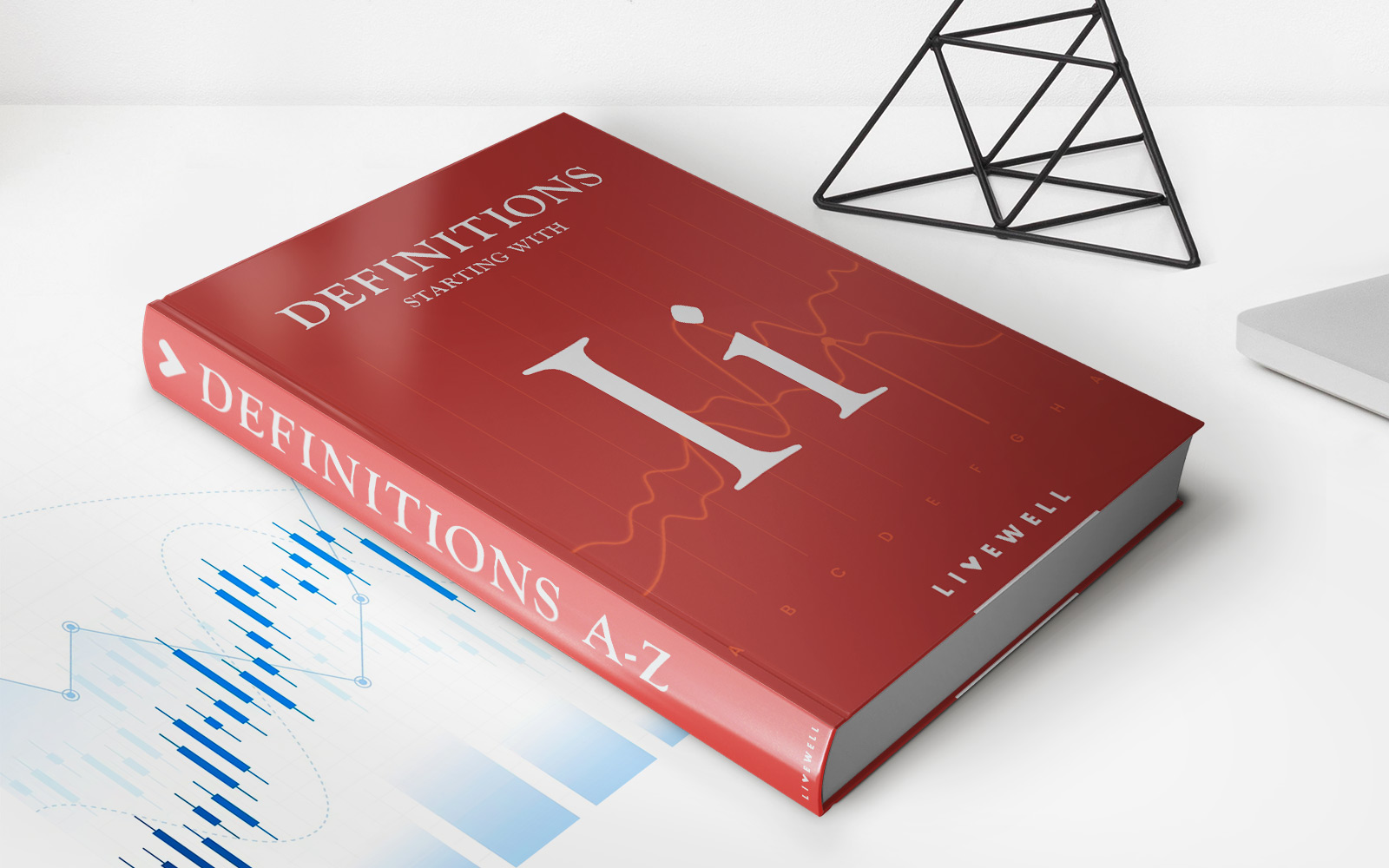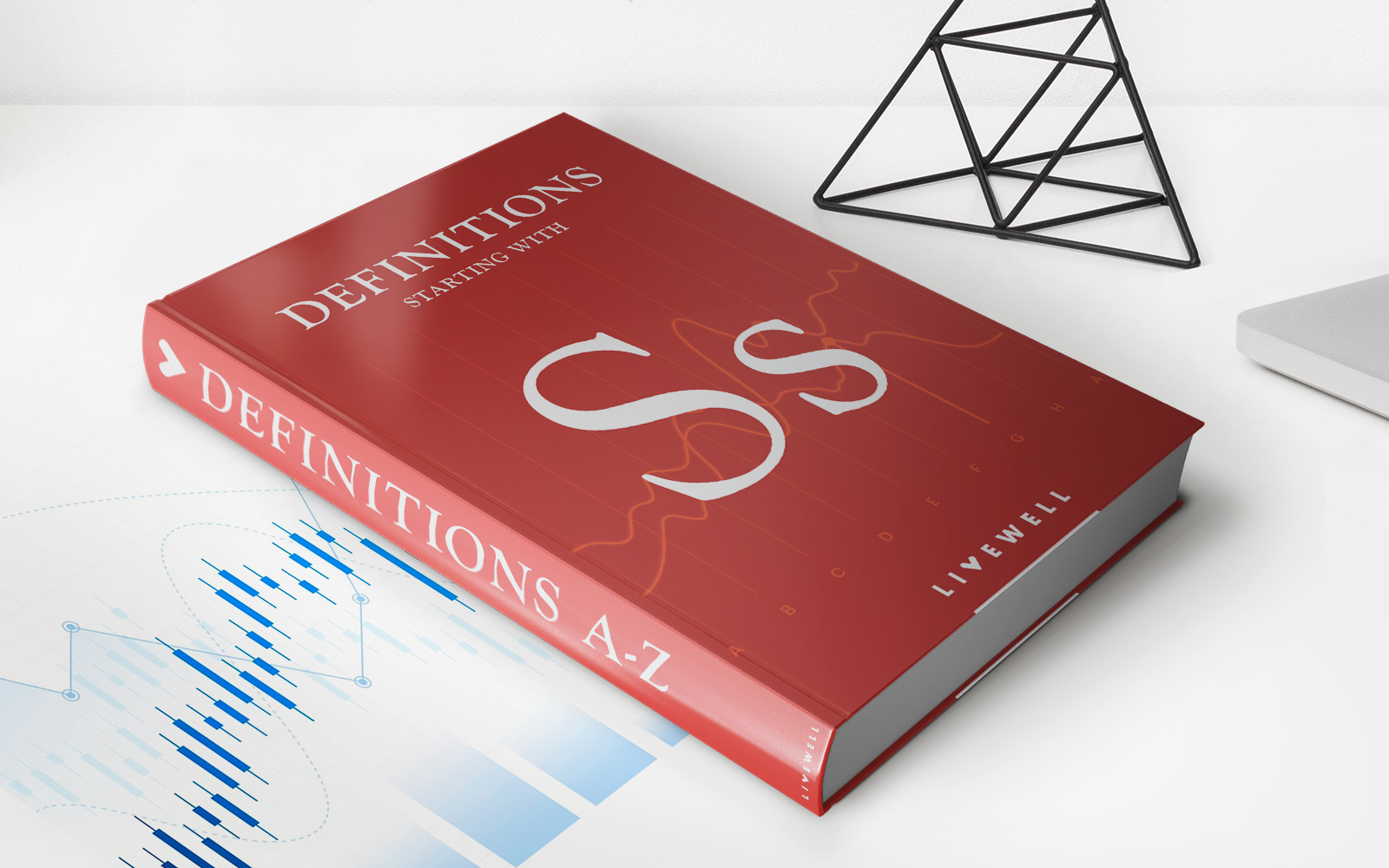Home>Finance>What Is Contractionary Policy? Definition, Purpose, And Example
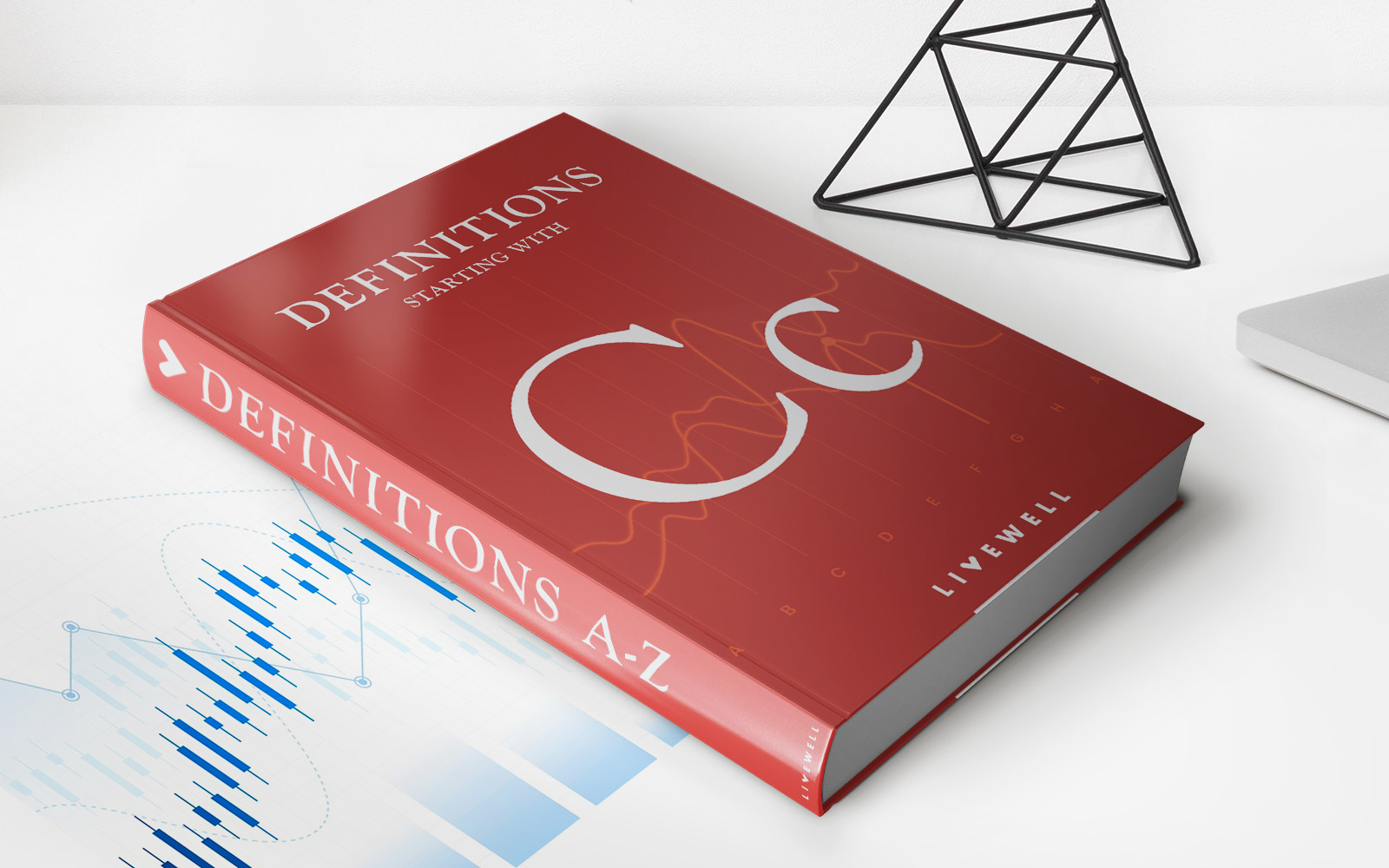

Finance
What Is Contractionary Policy? Definition, Purpose, And Example
Published: November 2, 2023
Learn about contractionary policy in finance, its definition, purpose, and example. Understand how it is used to control inflation and slow down economic growth.
(Many of the links in this article redirect to a specific reviewed product. Your purchase of these products through affiliate links helps to generate commission for LiveWell, at no extra cost. Learn more)
Understanding Contractionary Policy: Definition, Purpose, and Example
When it comes to managing an economy, governments and central banks have various tools at their disposal. One such tool is contractionary policy, which is implemented to control inflation and slow down economic growth. In this blog post, we will explore the definition, purpose, and provide an example of how contractionary policy works.
Key Takeaways:
- Contractionary policy is a set of measures implemented by governments and central banks to control inflation and slow down economic growth.
- The purpose of contractionary policy is to prevent an economy from overheating, reduce inflationary pressures, and maintain price stability.
Definition of Contractionary Policy
Contractionary policy, also known as a tight monetary policy, refers to a deliberate action taken by a government or central bank to decrease the money supply or increase interest rates. The goal is to reduce spending, curb inflation, and cool down an overheating economy. It’s typically used when the economy is experiencing high levels of inflation, excessive borrowing, or robust growth that may lead to imbalances.
Purpose of Contractionary Policy
The purpose of contractionary policy is primarily to maintain price stability and control inflation. By reducing the money supply or increasing interest rates, it becomes more expensive for individuals and businesses to borrow money. This, in turn, reduces spending and investment, thereby slowing down the overall pace of economic activity.
Additionally, contractionary policy aims to:
- Prevent an overheated economy: When an economy is growing rapidly and exceeding its potential, inflationary pressures can build up. Contractionary policy seeks to cool down the economy and prevent it from reaching unsustainable levels.
- Reduce inflation: By making borrowing costly, contractionary policy discourages excessive spending, which helps reduce inflationary pressures. It acts as a check on rising prices and helps maintain stable price levels.
- Balance the economy: Contractionary policy can address imbalances within the economy, such as excessive debt accumulation, asset bubbles, or high levels of investment that may lead to overproduction and reduced efficiency. By slowing down economic growth, it aims to restore balance and sustainability.
Example of Contractionary Policy
An example of contractionary policy could involve the central bank increasing interest rates. When interest rates rise, borrowing becomes more expensive, reducing the amount of money available for spending and investment. This leads to decreased demand for goods and services, ultimately slowing down economic growth.
For instance, if an economy is experiencing high inflation rates due to excessive aggregate demand, the central bank might decide to implement contractionary policy by raising interest rates. As a result, businesses and consumers will have less incentive to borrow and spend, thus reducing aggregate demand and curbing inflationary pressures.
Conclusion
Contractionary policy is a crucial tool for governments and central banks to manage the economy and maintain price stability. By controlling inflation and preventing an overheated economy, contractionary policy helps promote sustainable growth and balance within an economy. Understanding how contractionary policy works and its purpose allows policymakers and individuals alike to navigate the complexities of economic cycles and ensure long-term stability.



